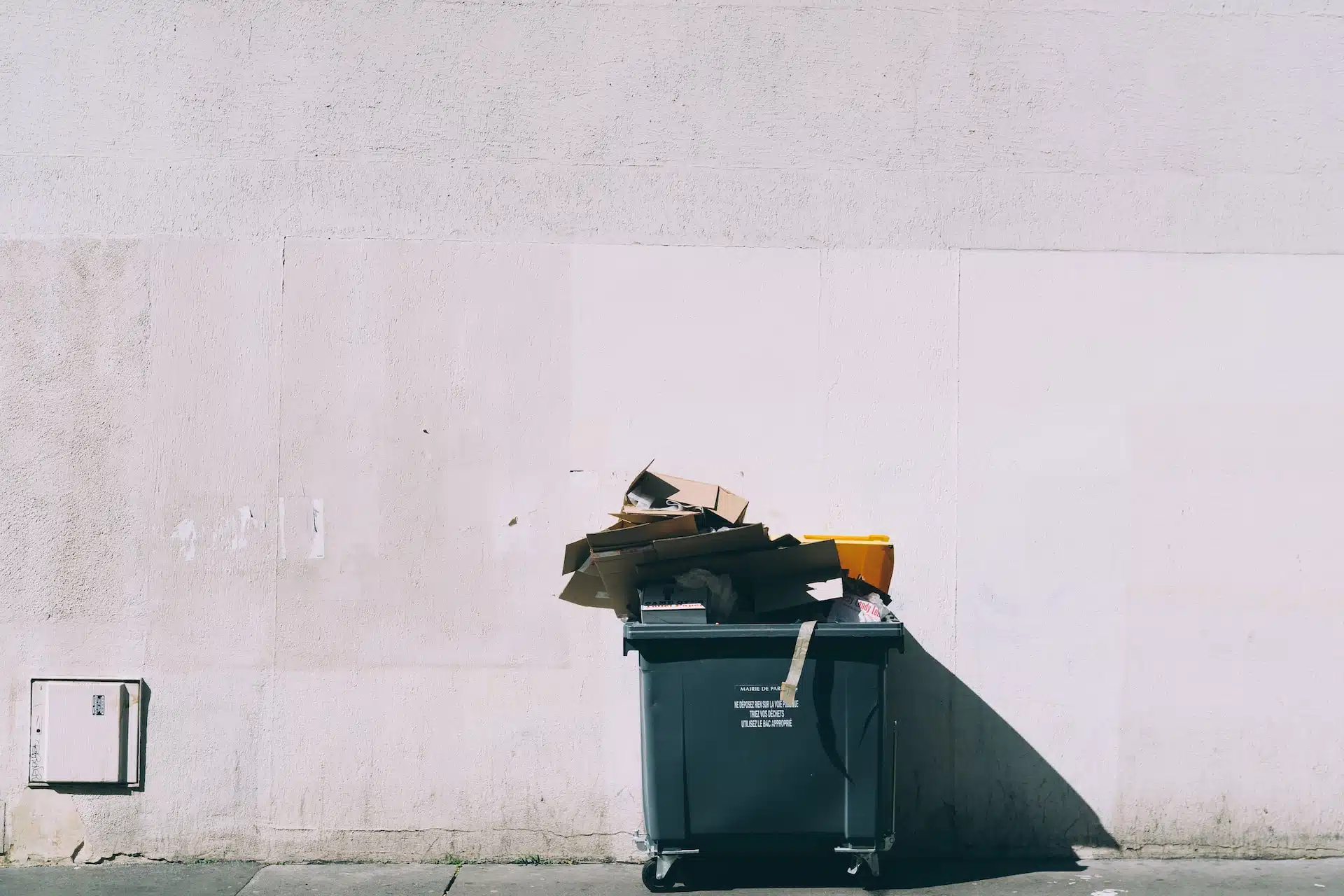
Understanding the EU Packaging and Packaging Waste Regulation (PPWR)
Are you often bothered by the amount of plastic and paper that went to waste after opening a product you purchased? Does it look like there’s a lot of unnecessary packaging material arriving with the goods you order online? Although many people will answer those questions with a resounding ‘yes’, most of us would probably be shocked to learn about the size of the EU’s over-packaging issue: the average European produces 180 kg of packaging waste per year, and around 40% of the plastic and 50% of all the paper used in the EU is destined for packaging.
If no action is taken, the experts already forecast a 19% increase in packaging waste by 2030, but the European Commission doesn’t plan on letting that happen. Published in late November, the new EU Packaging and Packaging Waste Regulation (PPWR) has been carefully designed to tackle the issue and support the institution’s vision of a predominant circular economy model.
In this article, we will offer you an overview of the main aspects of the EU’s PPWR, which should help you understand why it is such an essential step towards the block’s sustainability goals, and why it deserves your company’s attention, regardless of the industry or nature of your business.
Want someone with deep experience and connections in the EU to help guide your sustainability strategy? Get in touch!
What is the EU Packaging and Packaging Waste Regulation?
Many Member States have already been taking action to reverse the shocking statistics connected to the impacts of packaging waste, but the lack of a harmonised approach has compromised the effectiveness of many of these initiatives. While earlier EU proposals such as the Ecodesign for Sustainable Products Regulation have certainly helped us move in the right direction, there was a need for a strong piece of legislation that would raise the bar and tackle the packaging waste problem head-on. In comes the EU Packaging and Packaging Waste Regulation.
The PPWR’s Core Objectives
In addition to clarifying some confusing aspects of previous legislation on the subject, the PPWR introduces new and significant standards that should boost our progress towards the green transition, across the block. Its four main objectives are as follows:
- Prevent and reduce packaging waste which can be achieved, among other initiatives, by introducing more reuse and refill systems.
- Make all packaging on the EU market recyclable in an economically viable way by the year 2030.
- Increase the use of recycled plastics in packaging in a safe way.
- Reduce the block’s use of virgin materials in packaging, putting the sector on track to climate neutrality by 2050.
Establishing Important Definitions
As previously mentioned, a key role of the Packaging and Packaging Waste Regulation is to establish clear definitions that serve as a foundation for the enforcement of the new rules. A much-needed distinction between packaging in general and transport packaging is made in the document, which states that:
‘Packaging’ refers to items of any materials that are intended to be used for the containment, protection, handling, delivery or presentation of products – e.g., plastic containers, boxes, but also hangers in fashion shops.
‘Transport packaging’ refers to packaging conceived to facilitate the handling and transport of a number of sales units or grouped packages, including e-commerce packaging, but excluding road, rail, ship and air containers.
What Changes With the Implementation of the PPWR?
The majority of the new packaging requirements will be required from 2030 onwards, but it helps to be prepared. The four core objectives of the EU Packaging and Packaging Waste Regulation should be achieved through the implementation of a number of bold measures. The scope and impact of these measures will depend on the role of each stakeholder, its activity sector, and other variables but, in general terms, here’s what changes with the PPWR:
- Targets for reduction of packaging waste reduction for all Member States;
- Mandatory reuse or refill targets for specific packaging types, including packaging used for e-commerce and transport;
- EU-wide standards for over-packaging, including maximum allowed empty space rules for e-commerce packaging and a ban on certain forms of unnecessary packaging;
- Specific mandatory recycled content;
- Mandatory compostability for some types of packaging, such as sticky labels on fruits and vegetables;
- Mandatory deposit return systems for aluminium cans as well as plastic bottles to be developed by the authorities;
- Labels on all packaging to facilitate correct waste sorting by consumers and corresponding labels on recycling bins to ensure appropriate disposal;
- Restrictions on small single-use plastic packaging formats in the HORECA sector;
- Mandatory packaging labelling to include packaging composition and reusability (from 2027).
In addition to what’s listed above, EU-based organisations will face other significant obligations, such as communication requirements towards consumers and extended producer responsibility (EPR). Companies in the ‘producer’ category, for example, will have extended producer responsibility, which implies mandatory registration in each Member State where it makes packaging available on the market for the first time and the payment of EPR fees. EPR fees will vary based on the recyclability of the product and, for plastic packaging, will also depend on its recycled content.
How Can Organisations Prepare for What’s Coming?
With every new piece of legislation published, the EU Commission reinforces its vision of a greener European Union, built on circular business models and sustainability-focused innovation. That being the case, there is no point in simply waiting until the expected changes are mandatory to finally take action. Every European organisation, regardless of size or industry, should dive deep into the regulations that are shaping the Union’s future to assess the size of its internal gaps and make the necessary adjustments as early as possible. In all our discussions with industry front-runners, as was the case with the recent interview with the H&M Group, proactive sustainability strategies have been identified as being a critical factor for competitiveness, not only within the EU but on a global scale.
Want someone with deep experience and connections in the EU to help guide your sustainability strategy? Get in touch!
Join our newsletter to keep up to date with the latest news and information coming out of the EU.


